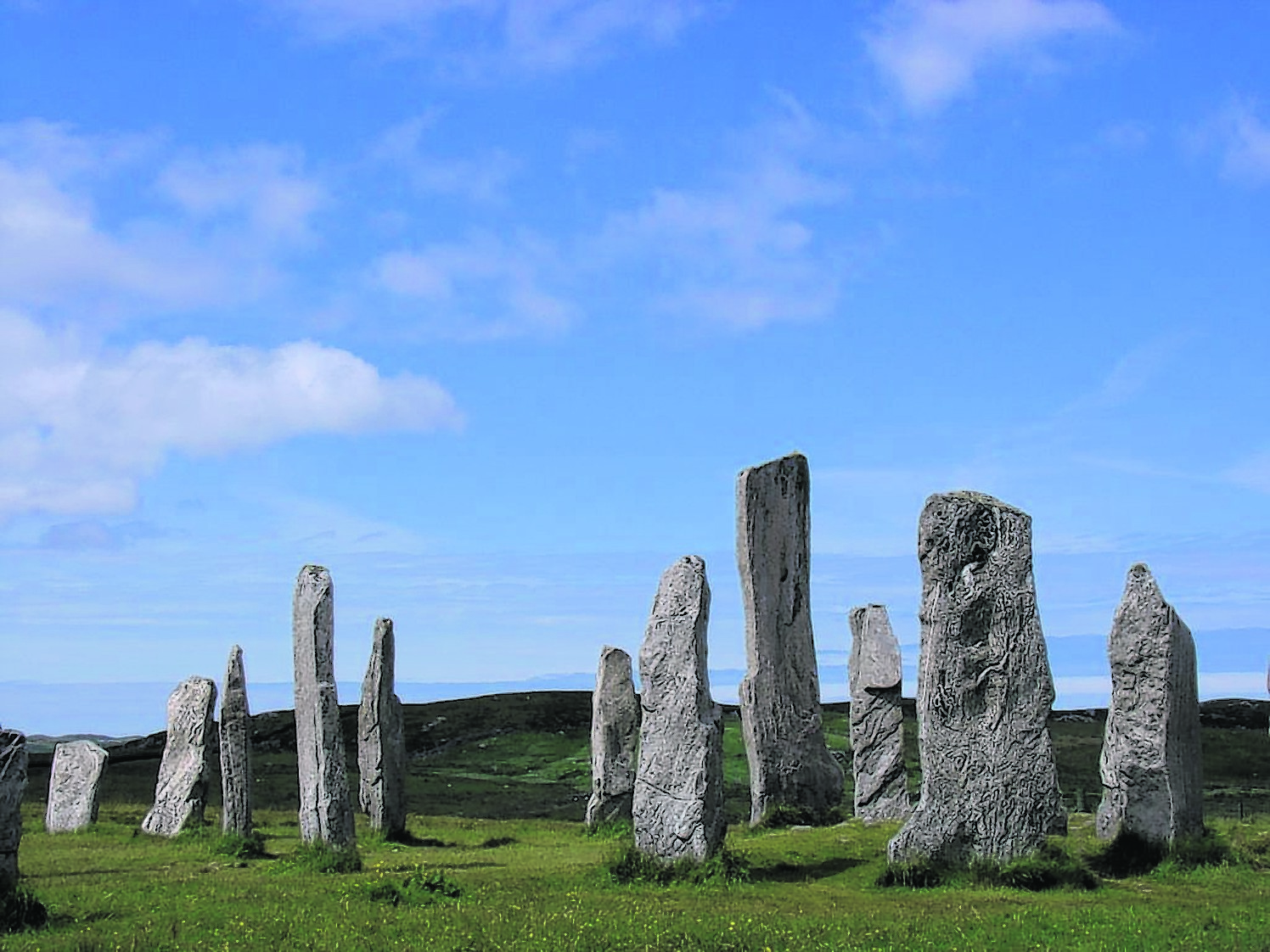Where there’s old there’s gold for the Outer Hebrides, councillors heard yesterday.
Tourism related to archaeology is bringing in about £4m and creating 80 full time jobs in the Western Isles – but has the potential to be worth double that.
The findings are in an economic impact assessment commissioned by the council – which shows it could be back to the future to boost the local economy.
The Sustainable Development Committee heard today that analysis of data contained within the Outer Hebrides Visitor Survey – and consultation with key stakeholders – had shown the potential to cash in even more on the heritage treasure trove.
By examining tourist volumes and levels of engagement with archaeology, the study estimated the current value to be in the region of £4m a year.
To determine the future jobs and money-spinning potential of archaeology, the study drew a comparison with Orkney, which has developed such tourist draws as Skara Brae, Stones of Stenness, Maeshowe and the Ring of Brodgar.
Lewis, alone, is home to the world famous Callanish Stones, the Carloway Broch and Dun Eistean, while other islands in the chain boast other ancient treasures such as Cladh Hallan, South Uist, Barpa Langais on North Uist and the island of St Kilda.
Over a ten-year period the study assumes a 10 percent increase in visitors specifically attracted to the Outer Hebrides to engage with archaeology and an increase in the numbers of existing holidaymakers, visiting friends and family, and business visitors also wanting to visit the historic sites.
“This model results in £8m total visitor spend per annum, supporting 160 full time equivalent employees. Such an uplift in spend is significant and would require continued focused effort from a wide range of stakeholders over a period of ten years,” said a spokesman for the council.
“The report recommends several first steps which could generate growth including the development of an archaeology based, Outer Hebrides-wide trail.
“This trail would be achieved through the identification of key places, the development of online and paper based promotional materials, installation of interpretation and improvements to access and facilities in some locations.”
Sustainable Development Chairman, Donald Crichton, said: “Archaeology is of significant benefit to the Islands and its development offers opportunities for economic growth but that will require time, commitment and investment.”
An application is being made to the Heritage Lottery Fund’s ‘Great Place’ Scheme to assist with developing tourism and public engagement related to all aspects of heritage in the Islands.
